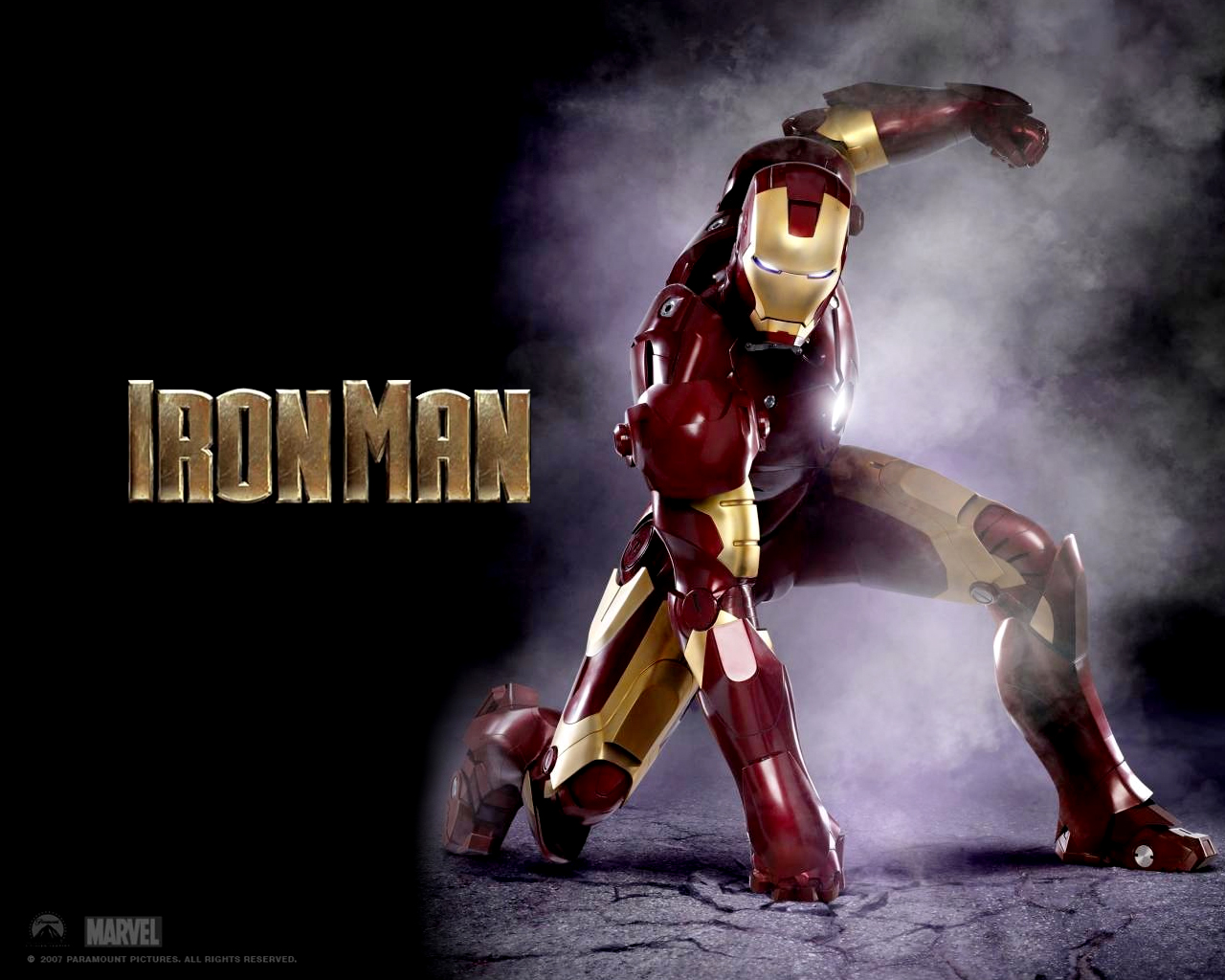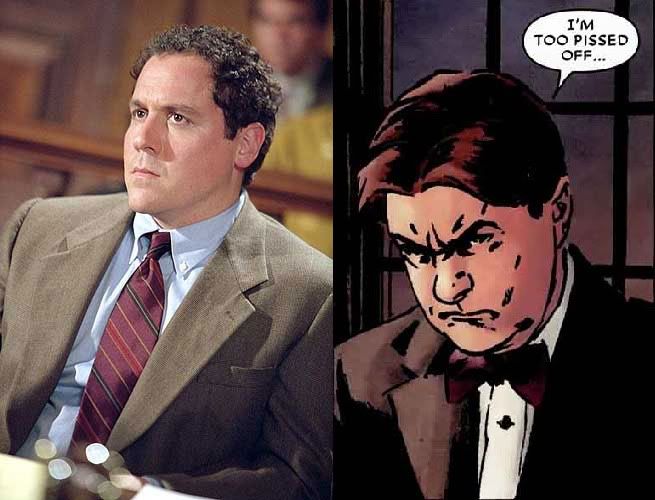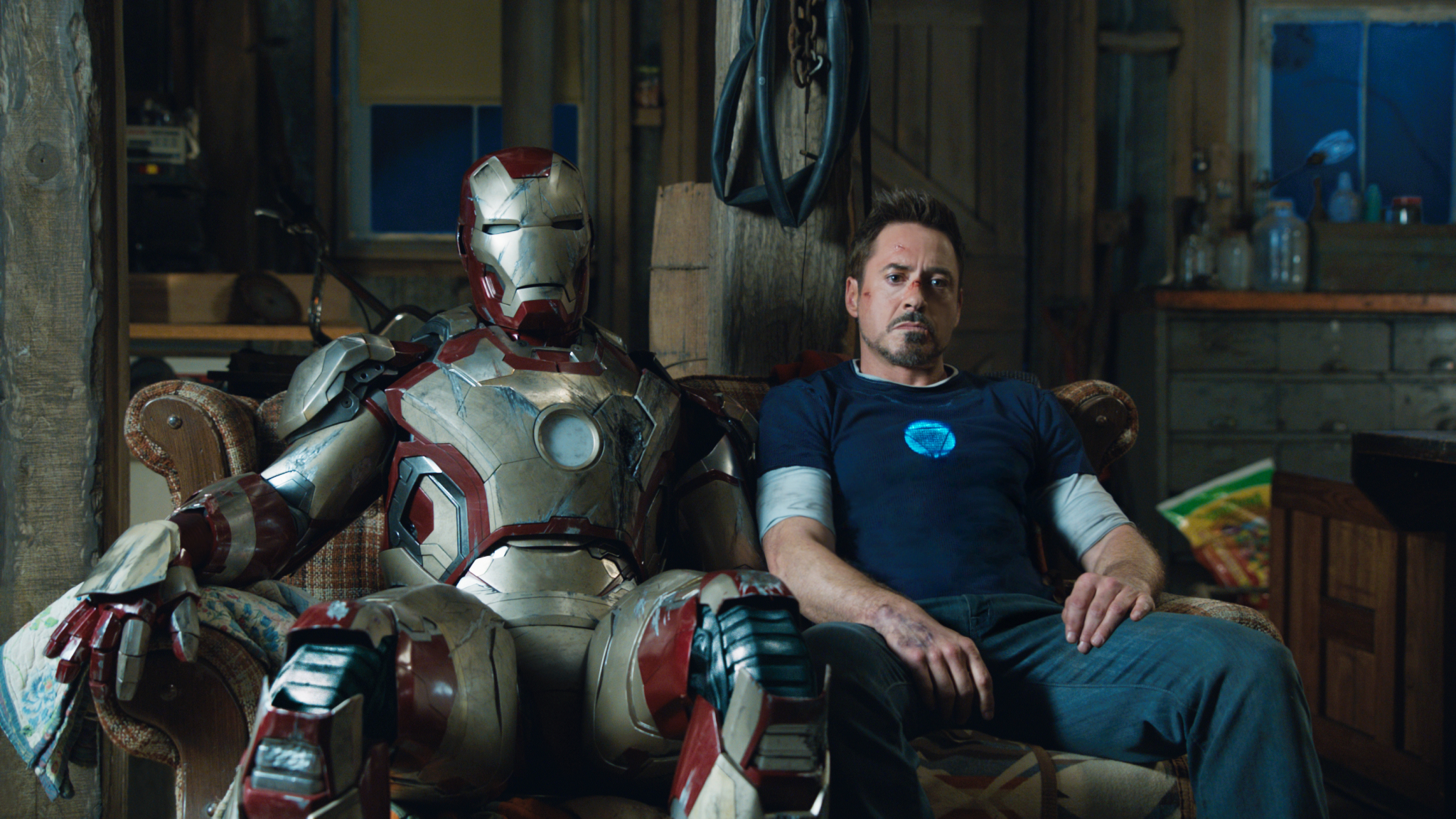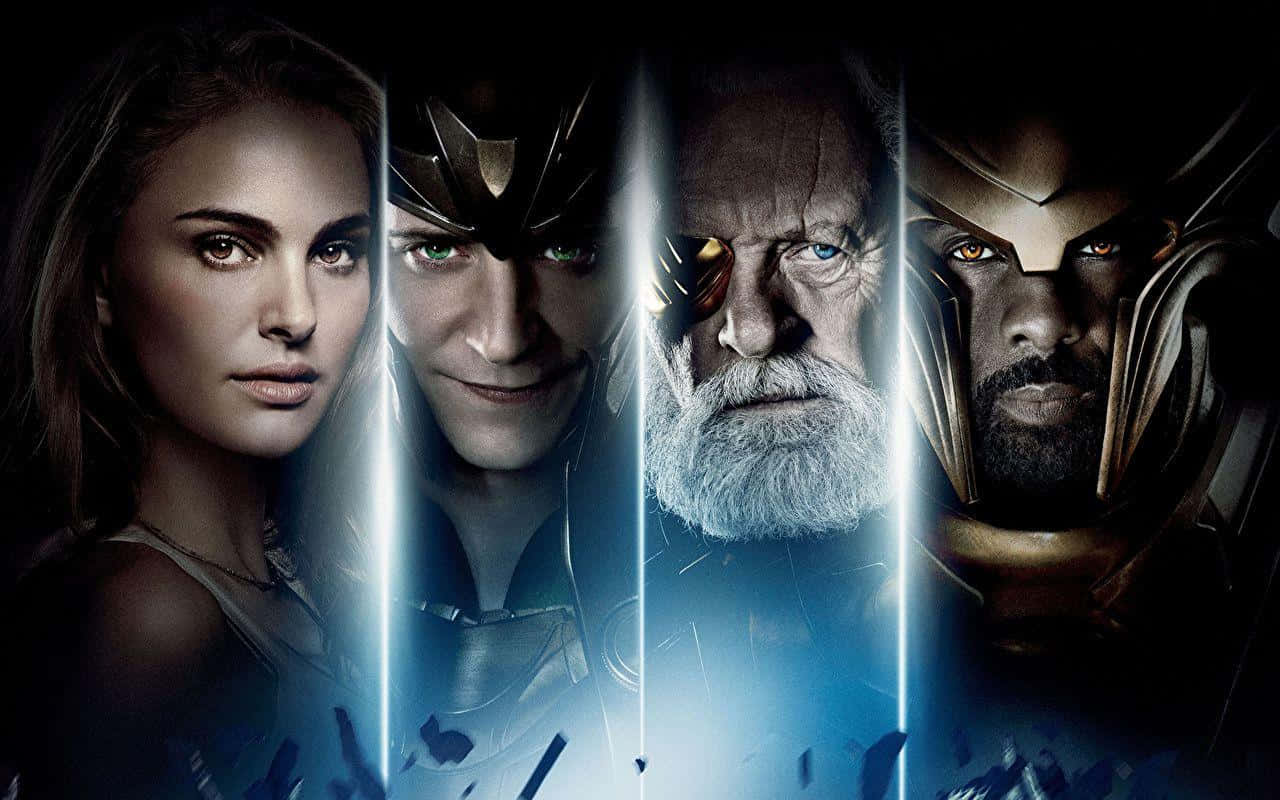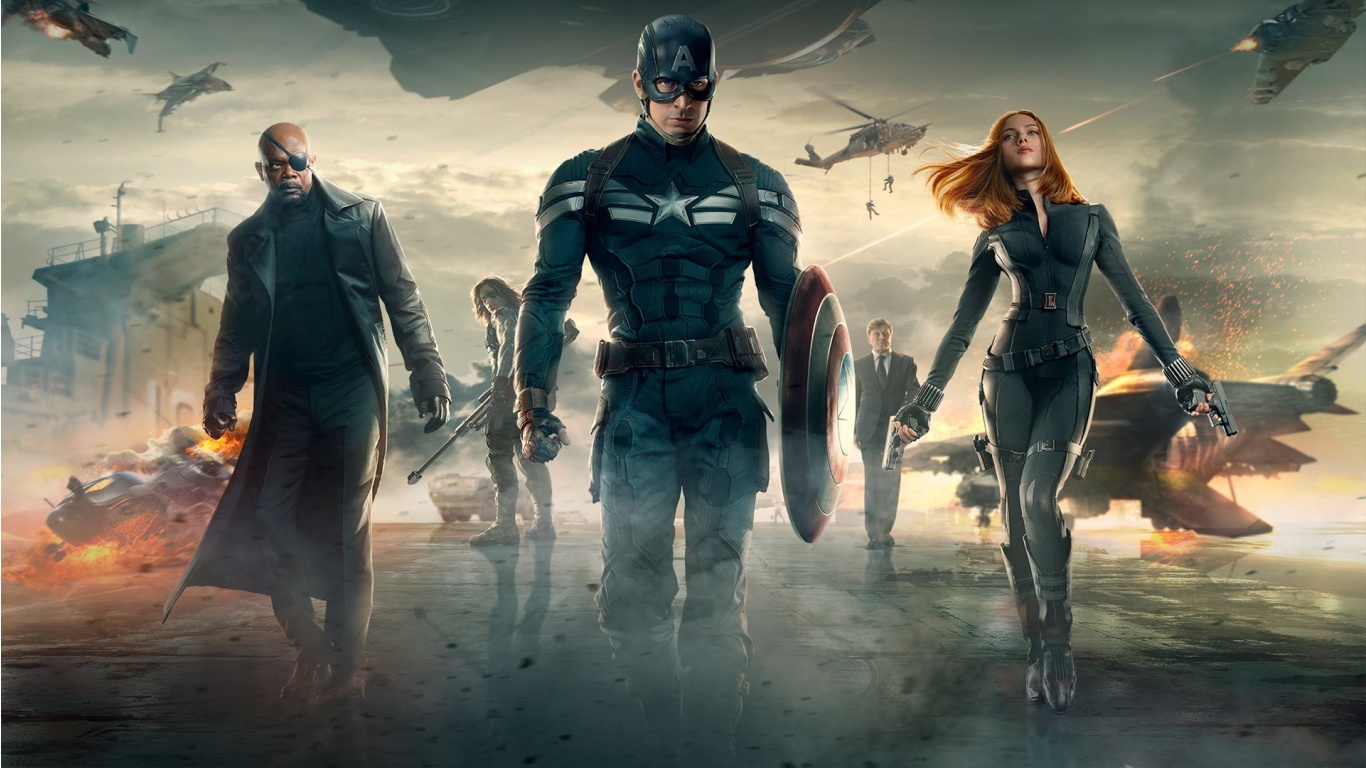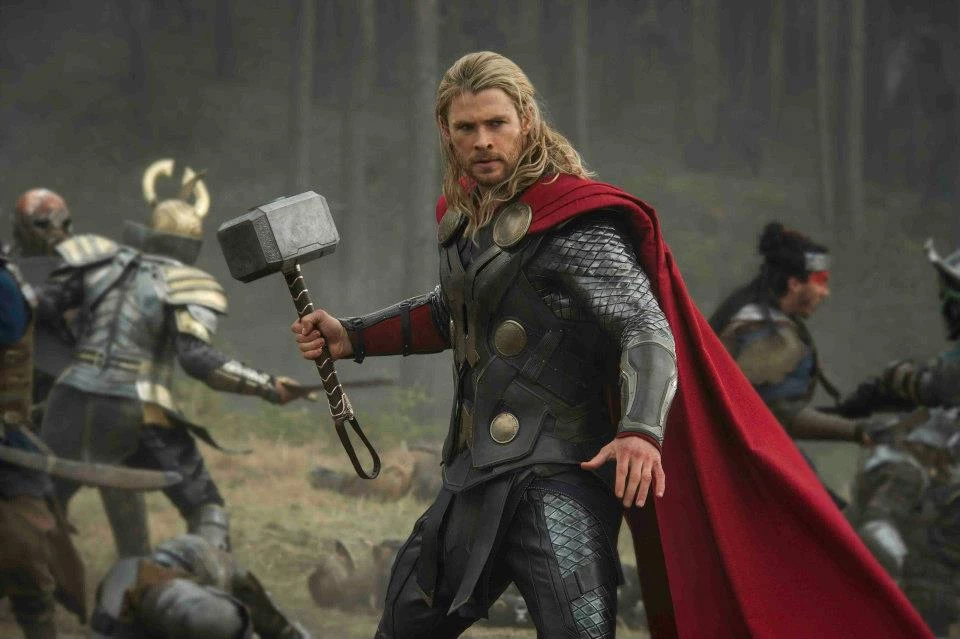I’m going to break convention in this review and give you the good news first. This Spiderman flick has a few things going for it that make it worth a watch despite the bad news.
First and foremost, this one movie accomplishes something that Sam Raimi couldn’t pull off with an entire trilogy: it got the Spiderman character right. When this actor puts the costume on, he closely resembles the Spiderman of the comic books I remember: an incurable smartass; nerves of steel; bubbling over with cocksurity even when doom seems imminent; and a selfless hero in the truest sense of the word.
As Peter Parker, the character was somewhat less canonical…but I don’t mind that so much. (BTW, the Toby McGuire Peter was closer to the high school nerd of the earliest comics.) Frankly, Parker’s personal life in the comics was often so angst-ridden, disastrous and…real…as to be depressing. This Peter Parker is some kind of preppie-hip, though he certainly has his problems. Aunt May is different, too, and I guess that’s fine.
Another point in this movie’s favor is the film makers kept their mask removal fetish in check, for the most part. Spiderman only unmasked himself in public once or twice.
What’s truly amazing about this flick is that there’s not one amazon superninja in it. Maybe they just couldn’t figure out a way to stuff one into the plot. Still, I’m shocked that Gwen Stacy wasn’t revealed at any point to be some world-class master at hand-to-hand combat. In an age when pinkshirt white knight feminist tropes are obligatory, this is a major plus in the film’s favor.
There is one aspect of the film that was unfortunate because of its faithfulness to the source material, and that was the overuse of Spidey’s webs. Each web shooter–about the size of a Hot Wheels toy car, has an unlimited supply of the incredible web material (at least in the comics he occasionally ran out/had to reload), and he uses it for everything. Maybe the film makers were just so pleased with the special effect that they had to show it off every chance they got. There’s one scene where Spiderman lands on a pipe, straddling it, and uses his spider-strength (nicely displayed earlier when he catches a police cruiser to keep it from crushing a cop) to rip it open. But rather than just grabbing it and tearing it open, he has to shoot his webs at it–from a range of about eight inches.
It’s a lot like Green Arrow’s tendency to shoot arrows (or threaten to do so) when he’s close enough to just clout the bad guys directly.
In the cinematic Spiderman universe, everybody is connected to Oscorp somehow. In this film, suddenly Peter’s father Richard is introduced as a former Oscorp employee involved in intentionally genetically engineering the radioactive spider which would bite Peter years later, turning him into a superhero.
The Osbornes are back, too. And Harry is especially creepy in this movie. I don’t know why they keep going back to the Green Goblin when they have such a largely untapped rogue’s gallery to draw from (in fact, why does there have to be a minimum of two villains per superhero movie anymore?), but here he is again. And he’s actually played fairly well.
BTW, (being careful not to spoil here) there’s a recreation of a famous/infamous (to Spiderman afficionados) confrontation between Spidey and the Goblin, involving Gwen Stacy which plays out in a way that could probably only be pulled off on film, yet which accomplishes the same results. Nicely done.
The biggest negative in this film is what they did to Electro. In a nutshell, they took the Jim Carey Edward Nigma character from one of the awful ’90s Bat-flicks, threw him into a tank full of electric eels and had him come out as Dr. Manhattan from The Watchmen. Only they call him Electro.
The Electro that Spider-fans know was a villain who could shoot lightning out of his hands. That’s plenty dangerous all by itself, and more than a handful for the NYPD, and Spiderman, to deal with. But screenwriters these days evidently don’t have the imagination or talent to tell any kind of story that doesn’t require epic destruction to keep the moviegoers awake.
So rather than a power company lineman, they made him an electrical engineer for…who else? Oscorp. He has some kind of childish fixation on people noticing him. Spiderman saves his life early in the movie and Max (Jamie Foxx) worships him afterwards in a very icky pathetic scene. But his adoration is fickle to say the least–when Spiderman doesn’t behave the way Max thinks he should, love turns to hate.
And after the eel attack, “Electro” is telekinetic (his electric bolts don’t just zap people or objects, but can lift them up and move them around), he can levitate, and materialize and dematerialize anywhere he wants. He’s even bald and blue like Dr. Manhattan. I rolled my eyes when he quipped some line about becoming a god, because the Hollywood cookie-cutter had already made him one. They might as well have named him Zeus–though I’m pretty sure the Greek deity couldn’t do all the nifty tricks Jamie Foxx does.
Sometimes it takes a while for me to accept the obvious, but I’m thoroughly convinced now that Hollywood film makers, even when restraining the urge to ram their politics down our throat, are a bunch of shameless hacks incapable of an original idea…and/or have a tremendous contempt for the intelligence of their audience. Take away their special effects and they couldn’t tell a story about anything.

